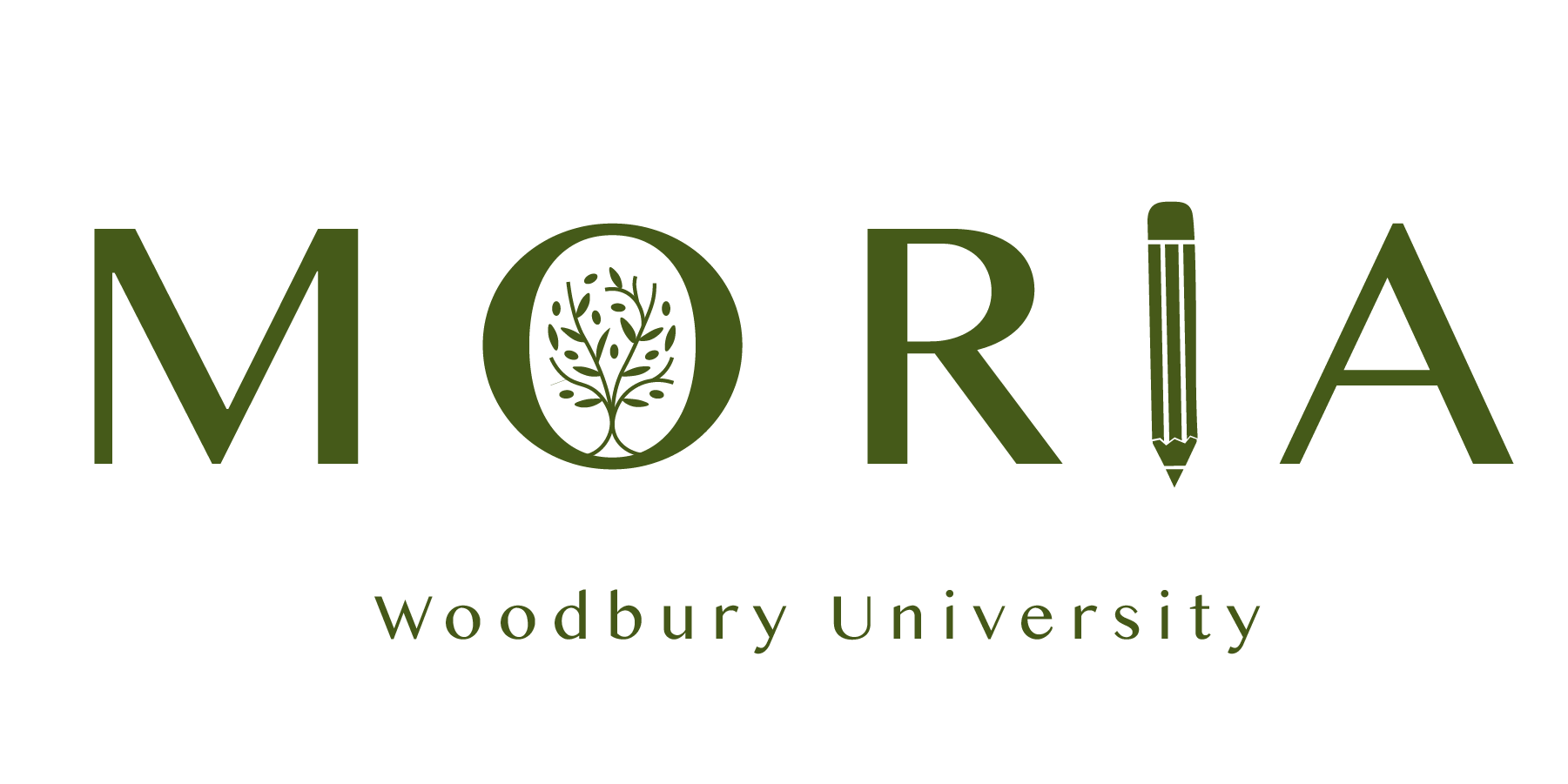“Authorial Possibilities: A Review of Candice M. Kelsey's ‘Choose Your Own Poem’” by Natalya Estrada
How fortunate can one be to say that they have a book that is personally tailored to their perspectives and experiences? Now, through the inspiring writings of Candice M. Kelsey, we can embark on a unique sequence of self-actualized poems that shift the threshold of introspection. The book features a series of “literary allusions” that help contextualize a greater form of self-expression and also help to re-identify with the more mundane aspects of life.
Kelsey transcends her role as a writer through her work in the social environment as an activist and educator. She proudly participates as a creative writing mentor in PEN America's Prison & Justice Writing Program, as a means to address a major but often under looked rehabilitative inequity that plagues our current climate. Her work has appeared in many notable publications, such as Grub Street, Poet Lore, Lumiere Review, Hawai'i Pacific Review, and Slant. She is also a recurring contributor to MORIA with the remarkable works, “The Poet Dreams of Driving a Ding-a-Ling Ice Cream Truck” (Issue 10), “Slowly Emerging from COVID, I Watch Mountaineering Documentaries” (Issue Nine), “Diptych for Hong Kong’s Dragon Gates, while the Students Protest” (Issue Five), and “This from a Rib” (Issue Five). These works beautifully capture the complexity of human experience, blending dreams of mortality, aspirations, struggles, and the unpredictability of life's journey. They invite contemplation on the interplay between fate and personal agency in shaping one's destiny.
Within her chapbook, Choose Your Own Poem (Cherry Dress Chapbooks, 2023), the title foretells how we will experience and intertwine with the poems. Within the foreword, a footnote by Kelsey instructs the reader on how to maximize the book's personalized potential: “start with the first poem and read until you come to your first choice. Then turn the page shown and see what you find . . . Every choice leads to a new adventure.” Each poem contains a complementary set of choices that guide the user on a tailored journey based on their responses to the poems.
Naturally, I embarked on a journey of my own that led me to assert myself and my choices onto the pages. My path directed me towards a poem entitled, “Zombie Pen Pal,” which illustrates self-discovery as a means to escape human isolation by defying societal norms and what is expected: “You’d like to be a red herring. That would confuse your family even more.” This interpretation of adulthood and self-actualization resonated with me, and I craved to be stimulated by an even more willful tone, so the book directed me towards a poem named, “Return to Atlantis or Villanelle for Ariel.”
This title pays homage to the well-recognized princess Ariel story of Disney fame and becomes an empowered sequel to “The little mermaid.” Kelsey’s iteration becomes a more palpable recognition of Ariel's bravery, as her independent spirit and willingness to challenge expectations shows through convincingly. Instead of falling victim to Prince Eric's charms, she takes charge of the superficiality commonly imposed on her and refuses to be defined by her romantic interests. The frequently repeated line throughout the poem reads, “You stuck your foot out and tripped Eric hard,” relishing in the shock of an alternate outcome to such a recognizable fable and the fight for a woman's autonomy.
My literary tour then led me to a poem called, “Aerodynamic Lift.” This poem again chips at the confines of traditional metaphors in an effort to describe uncertainty. It delves into the paradoxical nature of human understanding and acceptance as it begins by highlighting the complexity of flight and physics, contrasting the certainty of technology with the uncertainty and mystery surrounding human existence and perception of self. The repetition of phrases like "like your body" and "metal bird" creates a sense of comparison, suggesting a struggle with self-image and body dysmorphia. The "metal bird" symbolizes a disconnect between one's physical form and inner self, emphasizing the discord between perception and reality.
Unfortunately, this led me to the end of my journey with the series but leaves me with a promising return to experience a new one. Kelsey’s motivation to create a process of self-reflection and play seems clear, since, as we make choices that align with our true selves, we project authenticity. This authenticity can be empowering because it allows us to live in harmony with our values, beliefs, and aspirations. The series of poems ultimately is about taking ownership of our self-identity through choices. It means recognizing that we have agency over our lives and can shape our experiences and narratives, which is truly what this series of poems is all about.
NATALYA ESTRADA
Natalya Estrada is MORIA’s Production Editor for Issue 13. She is a fourth-year B.Arch student born and raised in Southern California, with a passion for infrastructural design. Through her education, she hopes to explore the intersections between different architectural mediums, using interdisciplinary thinking and thus fulfilling a more dynamic resilience for her community’s impending social issues. In her free time, she enjoys being outside and working on her farm; she also enjoys spending time with her family while simultaneously contributing to the family businesses. She values hard work and grit, as she is infinitely inspired by the character of those around her.

